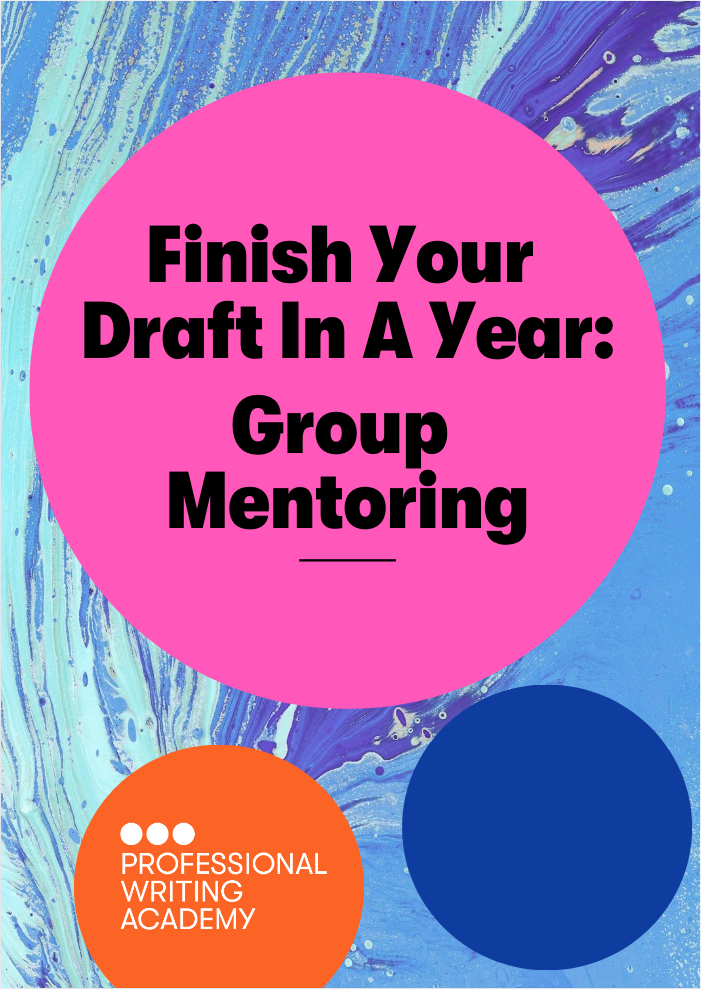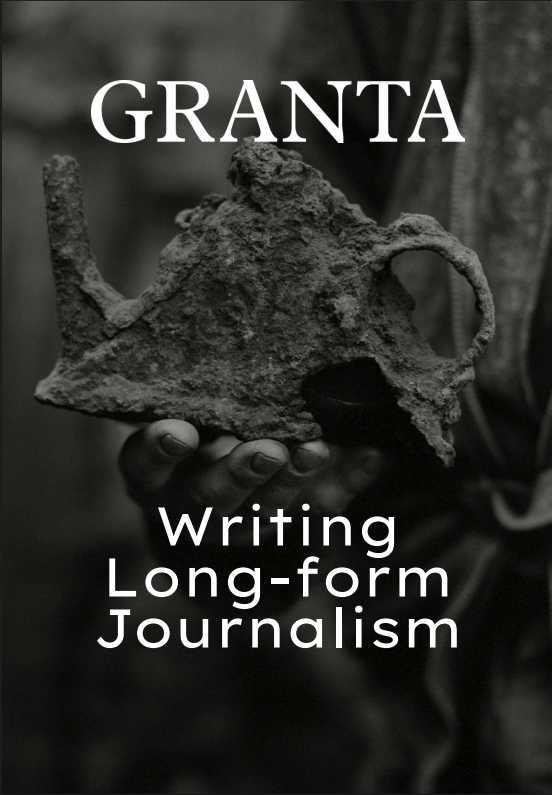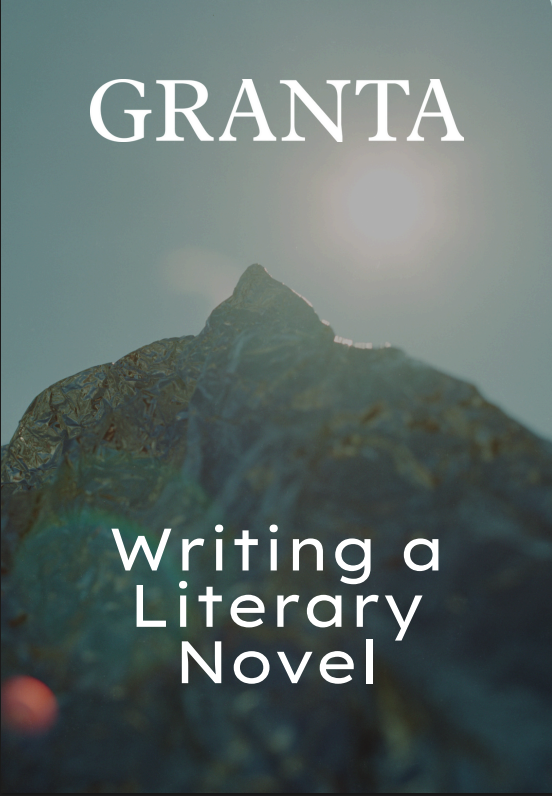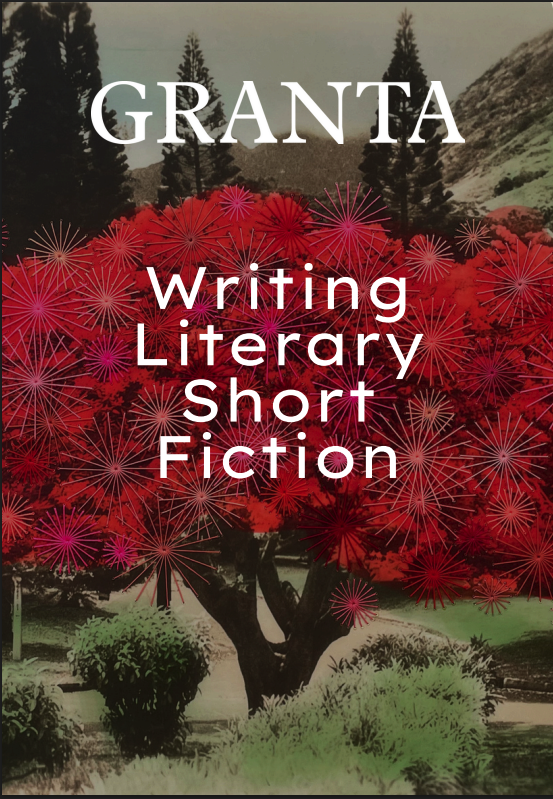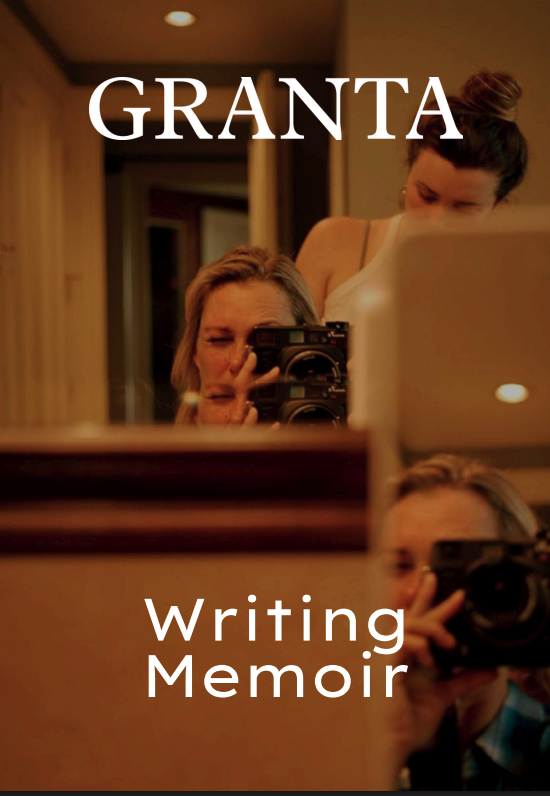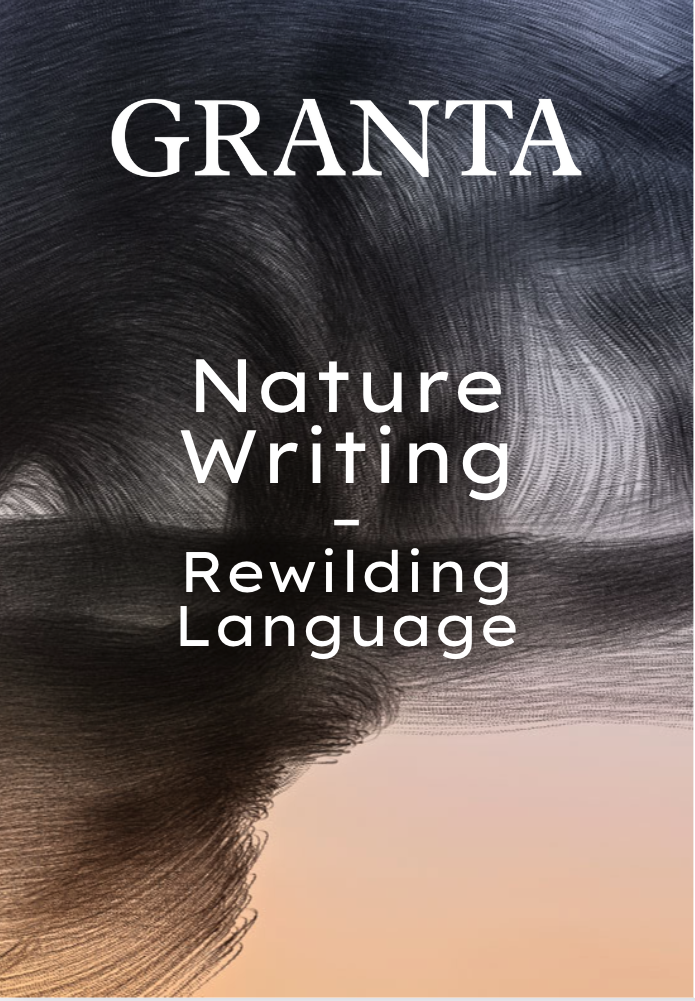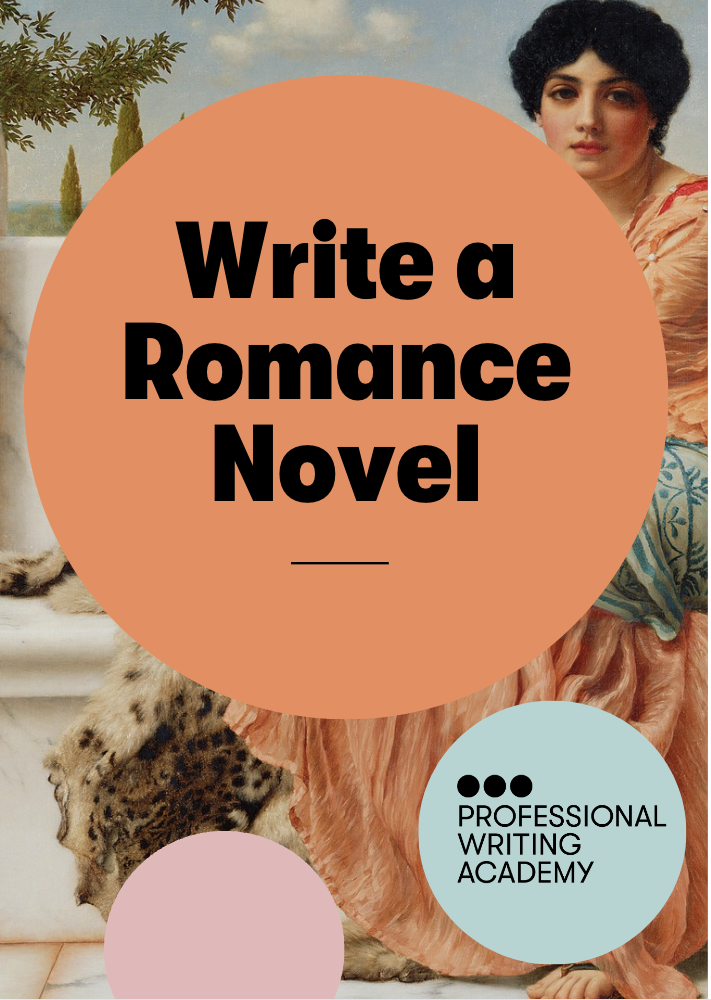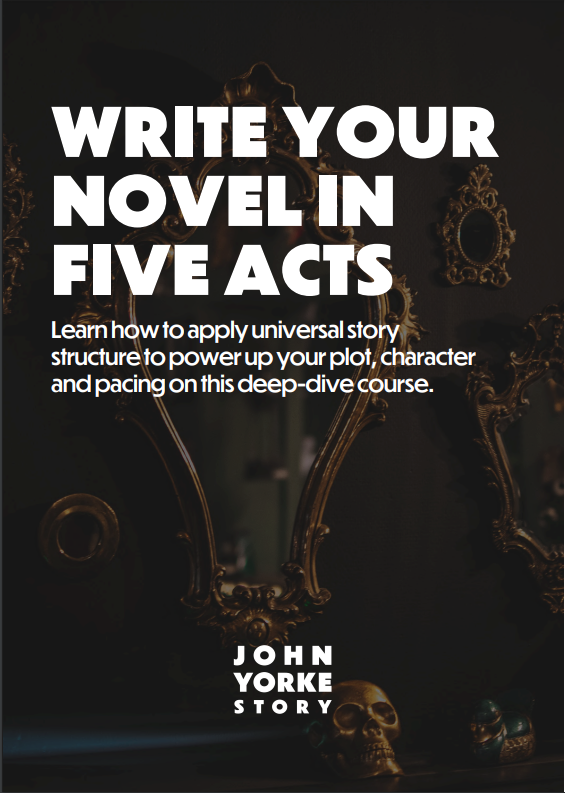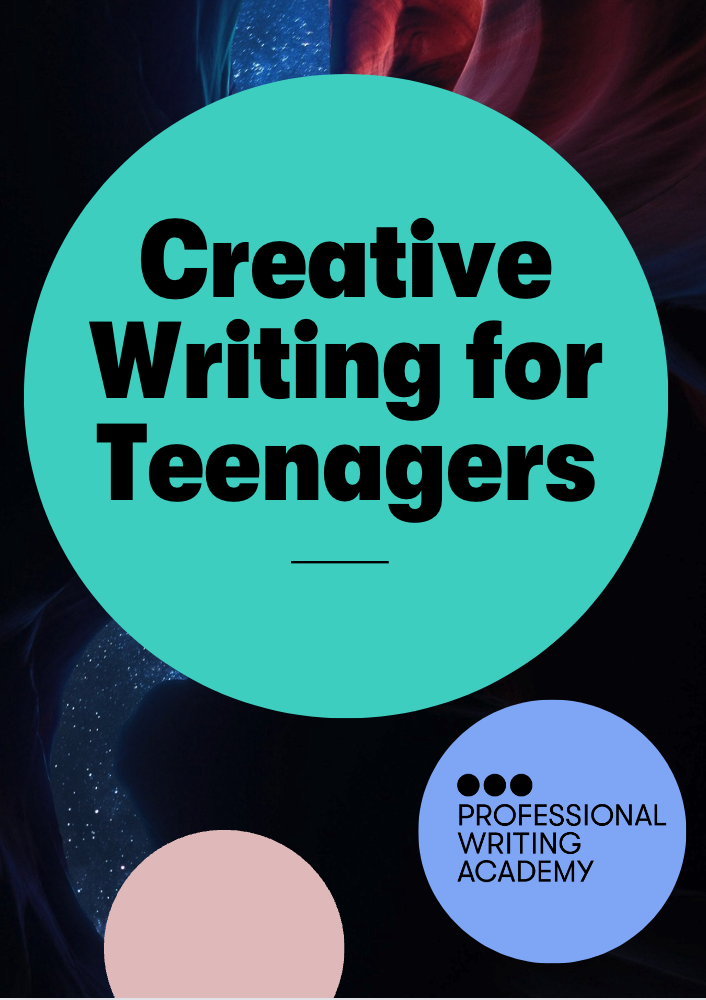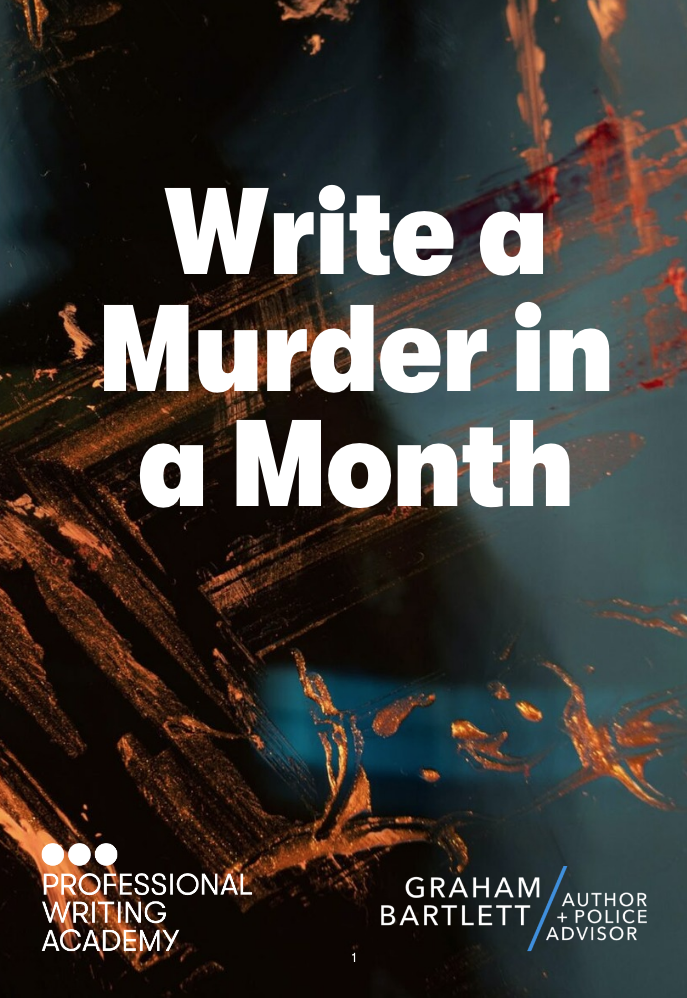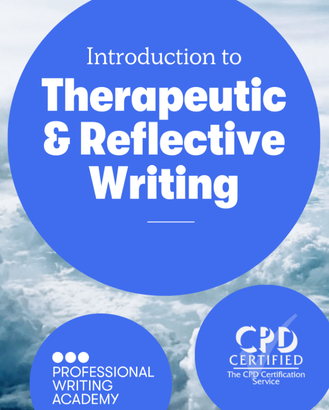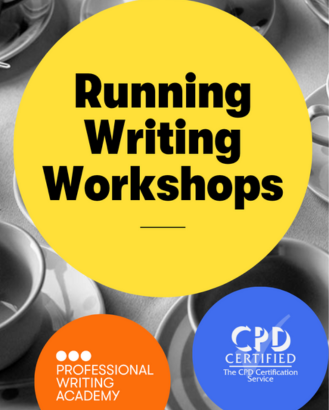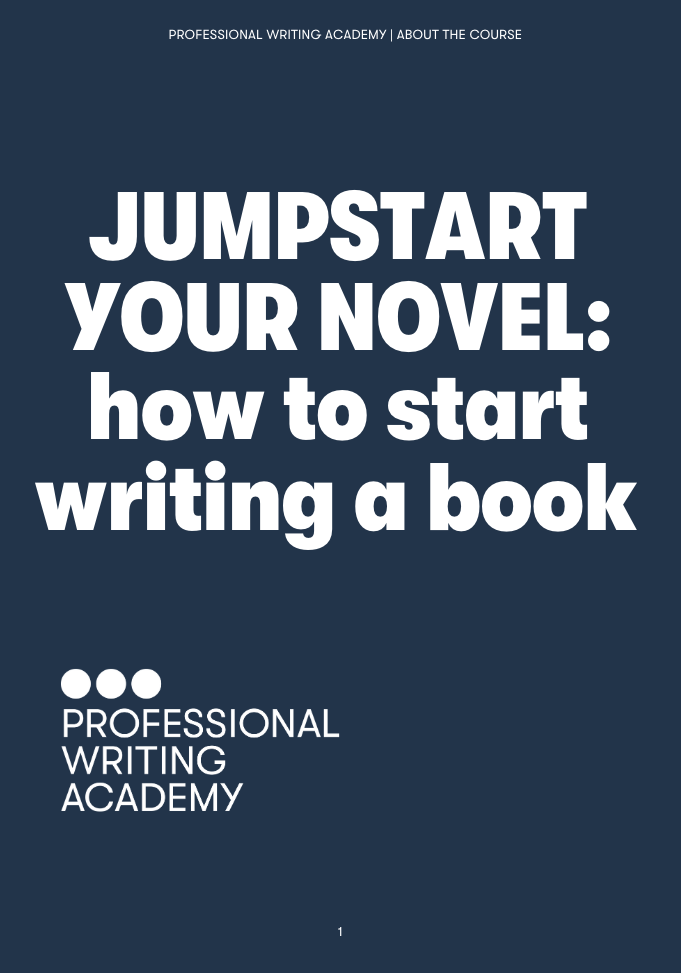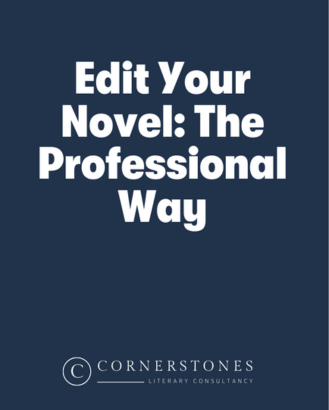Q — How do I decide which point-of-view (POV) to use in my novel?
Tom Bromley — I’m always interested in just how much debate such a seemingly technical point can throw up.
For me, the two golden rules of point-of-view are these: firstly, there is no right or wrong as to which POV is ‘better’ — it simply depends on the particular story you are trying to write.
Secondly — and this is the crucial point, really — the key to point of view is consistency. However you decide to tell your story, you need to stick to that viewpoint rigidly and ruthlessly.
Once the POV starts wandering, the reader can get confused and stop thinking about what they should be thinking about: your story and the characters.
Successful first-person is all about voice.
– Tom Bromley
Q — You’re talking about consistency – but what about books that break your golden rules, like Stephen King’s The Wind Through The Keyhole and To Kill A Mockingbird?
TB — agree that not all writers go down this route: in The Wind Through The Keyhole, Stephen King proceeds to do exactly the opposite of what I’m suggesting (thanks, Stephen).
I’d say that, firstly, Stephen King is an exceptional writer and that his effortless switching of POV is a culmination of years of experience: what he’s doing is not easy to pull off by any means and I’d caution against such a technique when you’re starting out writing.
And secondly, although Stephen King is switching point-of-view, he’s also playing by the rules at the same time, making it clear to the reader through ‘signifier sentences’ which character we are now following.
So in essence, he’s still playing the game but in a more sophisticated way.
The same is true of Harper Lee in To Kill A Mockingbird. Again, this telling is a more sophisticated form of narrative. Here, the fact that the narrator, Scout, is looking back over events of her childhood gives the author some space in terms of viewpoint.
It allows her to have some distance and overview in a third-person way as well as a more intimate first-person account – she has recollections of growing up as well as a wider understanding of the town through later experience.
One interesting point here is when Scout says ‘my father thought’ using first person, she can’t know what her father thought.
That leaves two possibilities: either she knows him well enough to assume what her father is likely to be thinking (thus building the ‘familiar’ world), or Scout and her father have discussed the incident afterwards, allowing her that knowledge.
Is this viewpoint something that Harper Lee has consciously sat down and considered? My guess is that she is just a wonderful writer and does this sort of thing naturally. If you have that instinct, then great.
For writing mortals like myself, it’s more a case of a hard grind to get your chosen point-of-view down on paper.
The third-person viewpoint can feel omniscient, almost God-like.
– Tom Bromley
Q — What makes a good first-person narrative?
TB — Successful first-person is all about voice. That’s why PG Wodehouse’s books and Nick Hornby’s High Fidelity are such great reads. As a reader, you want to get sucked into the wonderful worlds the authors have created.
The challenge of first-person is portraying what the characters don’t know. But that challenge can also be a positive: in Harriet Lane’s Her, she plays with two first-person viewpoints, creating a dramatic effect from what the different characters do and don’t know.
Incidentally, Harriet Lane is a wonderful writer and well worth exploring. Her debut, Alys, Always is very sharp. We look at this early on in the Find Your Writing Voice course.
Q — So what are the advantages of third-person?
TB — Third person gives you less intimacy but more space: this is good for landscape and for telling a story from different angles, and it can feel like a more natural way of writing for many writers.
But in terms of show and tell, a third-person viewpoint can lead towards a more ‘telling’ narrative. So if you’re choosing this sort of viewpoint, that’s something to be aware of and to guard against.
The third-person viewpoint can feel omniscient, almost God-like. There’s an argument to be made that over the years there has been a general shift in adult fiction from an omniscient narrative voice to more of an individual one — first person, or third person close.
Does that chime with a decline in religious belief and a rise in individualism? Maybe coincidental, but I wonder if there might be a correlation there (Discuss!).
But certainly, many modern novels that go for this sort of sweep are looking for either a Dickensian feel or a state of the nation type novel — take John Lanchester’s Capital or Tim Lott’s Rumours of a Hurricane.
I’d encourage all writers to try out different perspectives when starting their story.
– Tom Bromley
Q — Is it possible to merge the intimacy of first-person with the distance of third person?
TB — Some writers can write in one POV but echo another. Marilyn Robinson in her Gilead trilogy, for example, writes in a first-person viewpoint that feels like third, while Katie Ward, author of Girl Reading, uses a third-person roaming point-of-view.
I’d encourage all writers to try out different perspectives when starting their story, to get a feel for the advantages and disadvantages of each one. If you can appropriate the strengths of different viewpoints, then you’ll be doing extremely well.
Q — Are there any exercises I can do to help me decide on viewpoint?
TB — Try rewriting a chunk of your novel — the first 1,000 words, say — from a different perspective. So if you originally wrote in first-person, try close third person. And if you wrote in third-person, try a first-person rewrite.
Then, think about how the viewpoint helps you tell the story.
A switch in viewpoint isn’t just a matter of changing ‘she’ to ‘I’ or vice versa, it can radically alter the tone of a story. Perhaps it brings your protagonist to life, speeds up the pace of your writing or gives your reader more space to ‘breathe’.
Think too about how it works with the conventions of the genre you’re writing in. For example, young adult (YA) stories are usually written in first-person, for its immediacy, and a ghost story might work better told that way too.
First-person can give intimacy, but also a sense of isolation and it can be wearing to be in the protagonist’s head all the time.
It can also pose a problem in, say, crime fiction or a historical novel where setting is important, if the protagonist is the sort who doesn’t take much note of their surroundings.
I’d also recommend that you go back to your favourite novels and check their POV.
There is so much you can learn from going back to books you know and studying what makes them tick. A good writer is a good reader!

